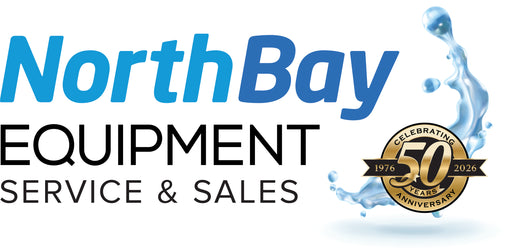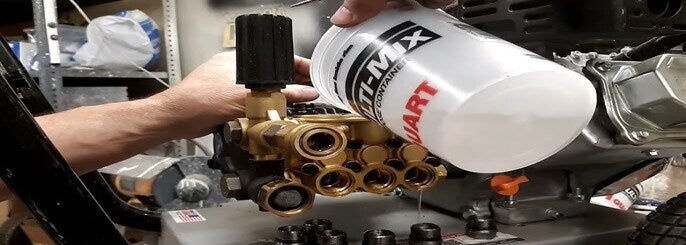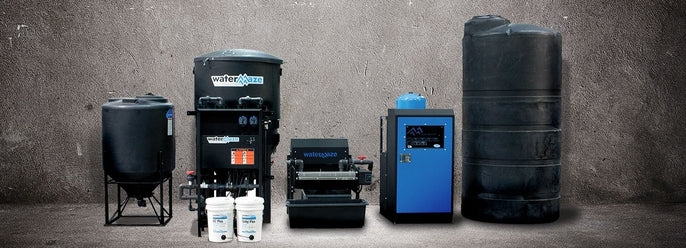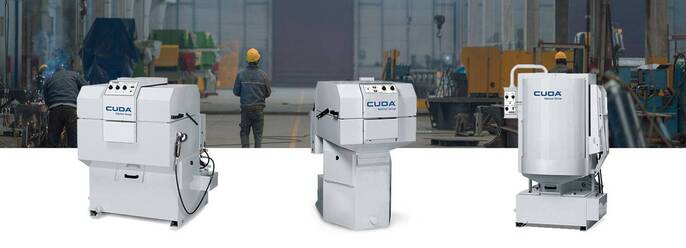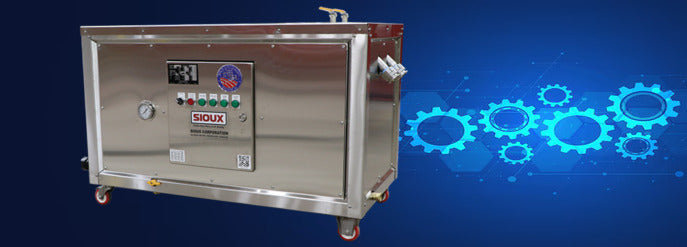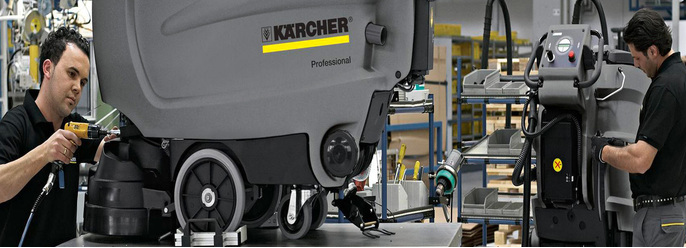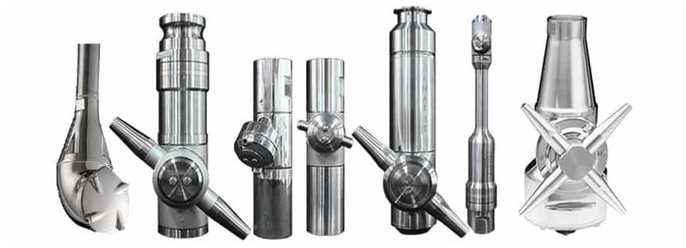
To determine if you need to service your industrial steamer, you should evaluate its performance, look for obvious issues, and follow a regular preventive maintenance schedule. Mineral buildup is a primary cause of problems for industrial steamers, so regular cleaning and descaling are critical.
Signs that your steamer needs service
Low or inconsistent steam production: If the steamer is taking longer to heat up or isn't producing the expected amount of steam, it may have a scale buildup or a faulty heating element.
Water leaks or spitting: Leaking water around the door or connections, or the unit spitting water instead of steaming, can indicate a problem with a gasket, seal, or mineral buildup.
Excessive noise or vibration: Strange banging, knocking, or hissing sounds could signal issues like water hammer, trapped air, or failing valves.
Sudden increase in energy costs: A less efficient steamer will use more energy to operate. A spike in utility bills could be a sign of poor performance caused by scale or other internal issues.
Frequent shutdowns: If the steamer is overheating and shutting down frequently, it could be due to dirty water level sensors or other issues that require a professional's attention.
"High water" or other indicator lights: Modern steamers have built-in diagnostic systems. A "high water" light, for instance, indicates a need to drain excess water.
Preventive maintenance schedule
To avoid costly emergency repairs, follow a consistent maintenance plan that includes daily, weekly, and annual tasks. The frequency of these tasks will depend on your specific equipment, water quality, and usage.
Daily
Clean the interior: After the steamer cools, wipe down the inside of the cooking chamber and door assembly to prevent food particles from hardening.
Blow down the boiler: Flushing mineralized water from the boiler and refilling it with fresh water is a crucial step to prevent scale buildup.
Inspect door gaskets: Check gaskets for any tears, debris, or damage to ensure a proper seal and prevent steam leaks.
Weekly
Descale the unit: Use a white vinegar solution or a manufacturer-approved descaling agent to dissolve mineral buildup.
Check components: Inspect internal and external components like steam lines, valves, and electrical connections for wear and tear.
Perform safety checks: Test the low water level cutoff to ensure it's functioning properly and check all other safety interlocks.
Annually
Professional inspection: Have a certified technician perform a comprehensive service. This includes calibrating controls, checking the boiler for corrosion, and replacing key components like gaskets.
Tune up burners: For gas-powered units, burners should be tuned to maintain optimal combustion efficiency.
Conduct safety tests: The annual service includes hydrostatic pressure testing to check for leaks and recertifying safety valves as needed.
Next steps
If you notice any of the warning signs, or if you are overdue for a scheduled service, you should: Consult your steamer's owner's manual for specific descaling and maintenance procedures.
Perform any basic troubleshooting you are comfortable with, such as cleaning components and checking water levels.
Contact a professional service company Like North Bay Equipment for any complex issues or annual maintenance
